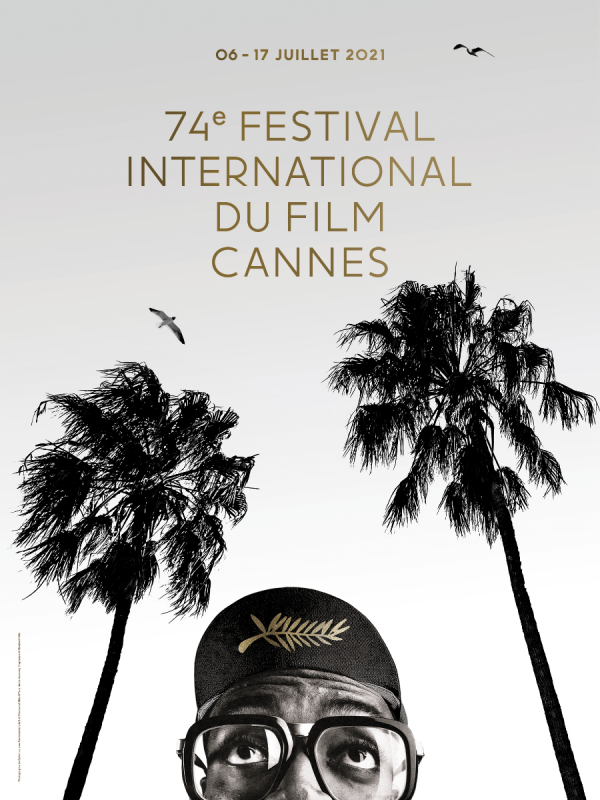Metaphysical in its narrative, ambitious in its goal, epic in its scale, and gorgeously beautiful and surreal in its visual style and art design, “The Tree of Life” is Terrence Malick’s career-summation work, a film he has been wanting (and destined) to make for decades.
Read about Lubezki’s stunning imagery
http://www.emanuellevy.com/comment/tree-of-life-creating-the-stunning-visuals/
A provocative and challenging film on any number of levels, Malick’s long-gestating work (it was shot three years ago) is his first feature since “The New World” in 2005, and only his fifth film in a career spanning close to four decades; he made his debut with the stunning “Badlands” in 1973.
If my initial reading is valid, the movie would divide critics and audiences. At the end of the first press screening today, at the 2011 Cannes Film Fest, where the movie received its world premiere, there were boos and bravos. This divisive response may indicate that Fox Searchlight, the U.S. distributor, would need a special marketing campaign to put over this eagerly-awaited picture, when it opens theatrically on May 27.
That said, I think that even the film’s most vocal dissenters would agree that “Tree of Live” is an event movie and movie event of the highest order, an art work by a poet of cinema, whose body of work is small, but each panel of it is interesting and worth watching and rewatching.
There is also no doubt that “Tree of Life” is a highly personal work, sort of Malick’s hymn to life and celebration of the mysterious glory of creation itself. It’s a movie in which he raises (more than he could possibly answer) haunting existential and humanistic questions that have prevailed in each of his works, but here find their fuller expression.
Like all great works, “Tree of Life” is defined by a multi-nuanced, multi-structured narrative, which is intimate and subjective and also general and cosmic. The transitions from one boy’s life to his existence as a mature man, and from a chronicle of one particular family in a small Texas town to the entire universe, are not as smooth or as clear as mainstream viewers are accustomed to.
Yet “Tree of Life” the movie, just as the boy’s life at its center, represents a transcendental experience, one that experiments with cinema’s two most unique attributes, time and space, and their impact of memory.
The movie, which is ponderous in nature (but not pretentious), deliberate in pacing (but seldom boring), and perhaps overly long (two hours and 18 minutes), demands patience and good will on the part of viewers, but those willing to partake the journey—and the movie is an experiential odyssey–will be rewarded.
I will get to the acting in the film later in the review, but for now, I wish to praise Brad Pitt, who in the central role of the stern father gives his most fully realized performance to date, one that should earn him another Best Actor Oscar nomination. We always knew about the greatness of Sean Penn, who plays a secondary role in the film and the least developed, but it’s a pleasure to observe the continuous evolution of Brad Pitt, still better known as a glamorous movie star, as a fine dramatic actor with strong diverse skills.
Framed by a beginning and an ending, which are set in the present time, the story per se takes place in the 1950s, focusing on one Midwestern family, which is headed by a rigid disciplinarian father (Brad Pitt), his submissive wife (Jessica Chastain) and their three young boys.
Told in fractured, stylized, impressionistic, and elliptical way, the film follows the journey of the eldest son, Jack, from the innocence of childhood to his disillusioned adult years as he tries to reconcile a most complicated and troubled relationship with his father.
As an adult, Jack (played by Sean Penn) comes across as a lost, unhappy, and tormented soul. He lives in a post-modern, industrial world, manifest in the imagery of huge, identically-looking skyscrapers, often shot from an extreme low-angle, which gives them an ominous, impersonal and threatening feel. As such, they are contrasted with scenes of Nature, green fields, wild forests, and rivers, where the family, especially the boys and their father, spend most of their time.
Jack seeks answers to the origins of life, while questioning the existence of faith and the meaning of grace. Through Malick’s signature imagery, created by the brilliant cinematographer Emmanuel Lubezki (who also shot Malick’s previous film, “The New World”), we see how Nature in all its beauty and brutality and spiritual grace, and Nurture, including faith and religion, shape the existence of one family and its individual members.
Malick, who has made some of the most thought-provoking, intensely visual and viscerally emotional works in American film history, here challenges himself with a film that’s rife with beguiling mystery, impressive depth, and unparalleled scope. It’s safe to say that “Tree of Life” is Malick’s most intimate yet also most epic work to date, one that benefits from his sharp observational powers of a quest that traverses from today’s urban corporate towers to the back yard of a typical 1950s Texas family and back.
At the same time, Malick aims to show on a strikingly wide canvas, which recalls Stanley Kubrick’s in “2001: A Space Odyssey,” the very beginnings of life on earth, and the very end of the known universe, questioning in the process such essential notions as what is true, what is lasting, what is infinite, what is beautiful, what is meaningful.
The narrative unfolds as a music symphony divided into varied and interrelated movements, or as shards of glass that form one big mirror, or as the limbs of a towering tree that continues to grow. Each of these metaphors could be applied to “Tree of Life.”
What unifies thematically the various elements and the numerous images of the film, whose editing was executed by five experts, is the evolution of a single life, that of Jack O’Brien, who is trying to figure out some lingering questions about his father’s unusual anger, his mother’s unconditional love, his brother’s inexplicable death, and most important of all, his own struggles with meaning and faith.
The saga balances profound intimacy with epic scope, offering a strong, organic connection between the personal and the universal. By depicting childhood memory, pre-human history, and the burning realm of the stars, the story plays out both at the microscopic level and the massive level of eons of time–significantly, both levels are always in motion, never in statis.
Jack’s story plays out within the vast, recursive rhythms of the universe. Indeed, his human struggles become part of the cosmos in its dual nature as a creative and destructive force. In the beginning of the film, and in its ending, Jack experiences his connections to the dust of the stars, to the prehistoric creatures who once roamed the earth, and to his ultimate destiny.
Malick depicts all of these layers without ever altering the feeling that this is an intimate and poignant family story. The family’s story about authority, discipline, love, shame, humility, and grace becomes more powerful due to the fact that it’s placed into the bigger context of a timeless, borderless world.
Malick brings nature to the screen in its wildness and glory. As the film moves outward into time and space, it creates images of the universe and of the earth. They emerge and form out of explosive chaos, before growing and evolving into the more orderly and familiar structures.
His rendering of the universe’s magical beginnings has never been seen with such clarity in a feature film before. In preparation for the picture, Malick has consulted with scientists of physics, astronomy and biology. And for the first time in his career, he has worked extensively with visual effects, relying on the team of Douglas Trumbell (Kubrick’s “2001: A Space Odyssey”) and vet visual effects supervisor Dan Glass (“Matrix Reloaded,” among others).
Though Malick has made only five films, his work exhibits specific themes that run through all of them, such as the contrast of innocence and violence, nature and spirit, stark reality and transcendent beauty.
A word about the film’s title: “Tree of Life,” is a key symbol in many religions and in Darwinist thought. As such, it evokes the physical aspects of nature as well as the spiritual aspects of the human spirit.
An open-ended, full of ambiguities, journey into an uncharted turf for contemporary movie audiences, especially American ones used to be seeing linear, cause-and-effect narratives, “Tree of Life” is tough and demanding, yet sure to impact each viewer in a unique way. Malick draws us into a journey by encouraging us to bring parts and memories of our own life experiences into the story.
Cast
Mr. O’Brien – Brad Pitt
Jack – Sean Penn
Mrs. O’Brien – Jessica Chastain
Grandmother – Fiona Shaw
Messenger – Irene Bedard
Guide – Jessica Fuselier
Young Jack – Hunter
McCracken R.L. – Laramie Eppler
Steve – Tye Sheridan
Executive Producer (Donald Rosenfeld)
Diretor Terrence Malick
Written by Emanuelle Levy
http://www.emanuellevy.com/review/tree-of-life-the/




























